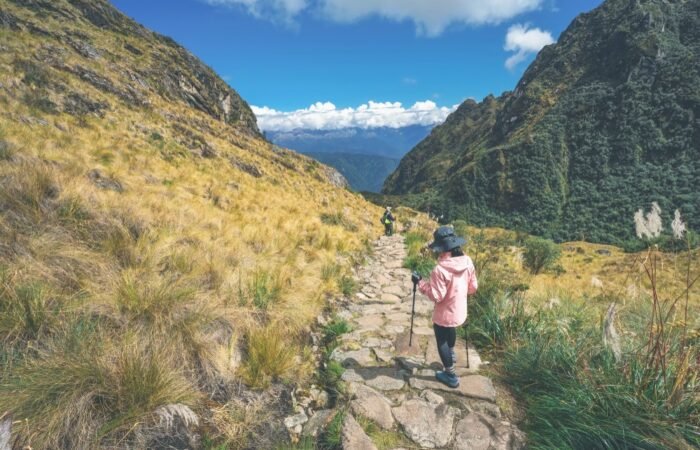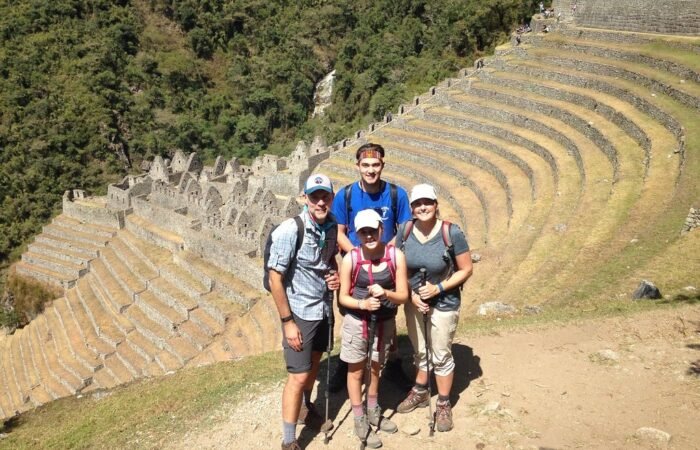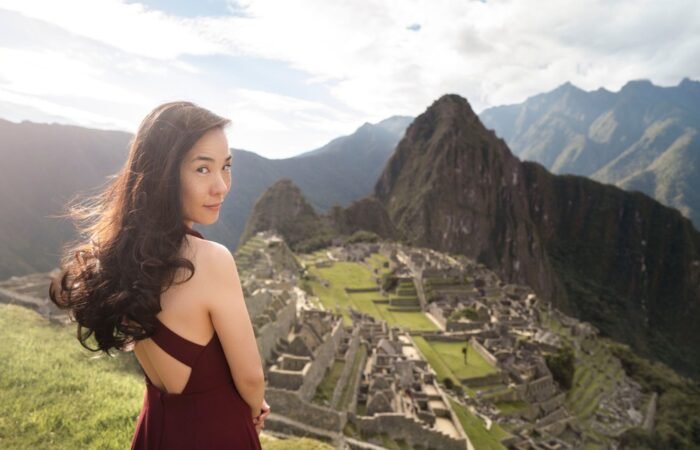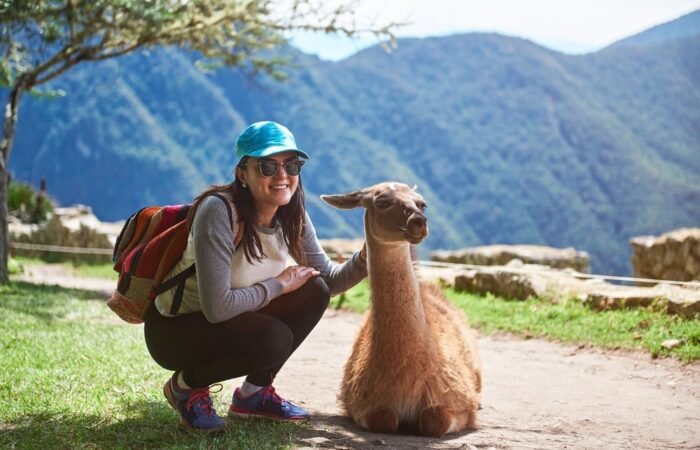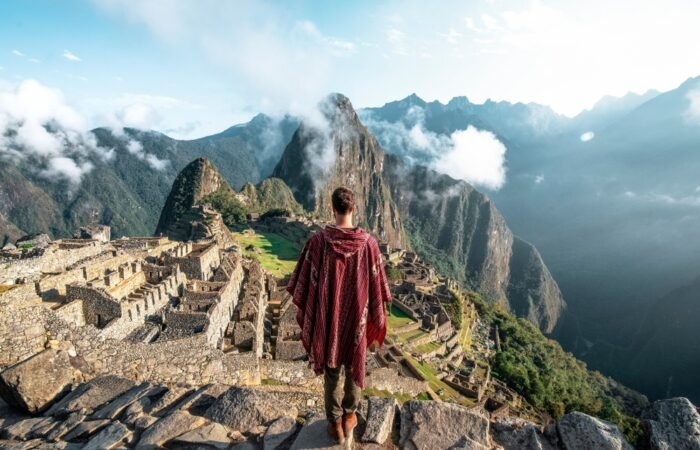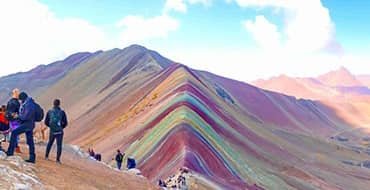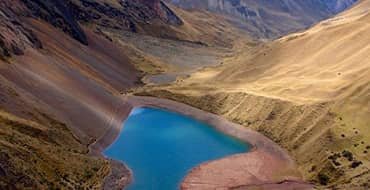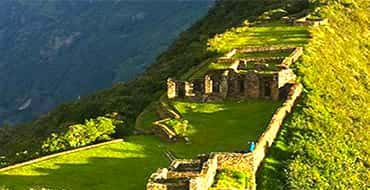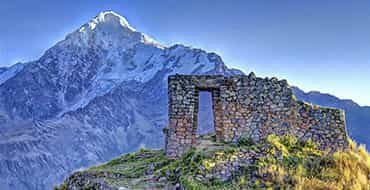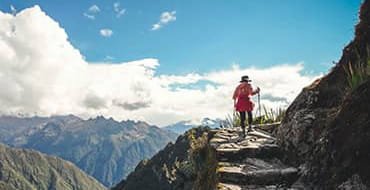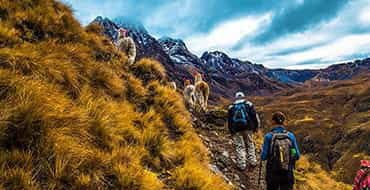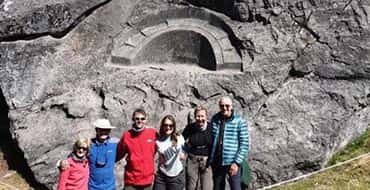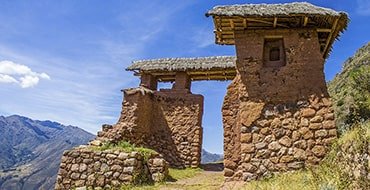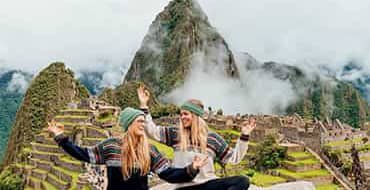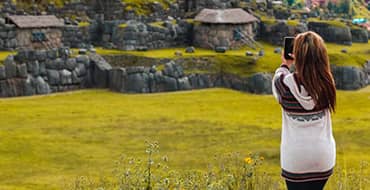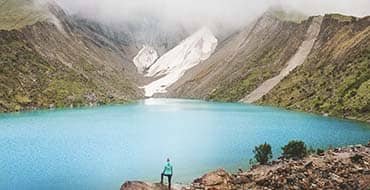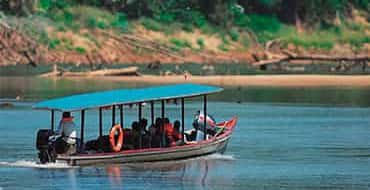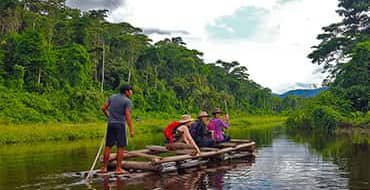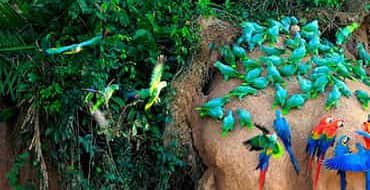
Introduction to Plaza de Armas
Plaza de Armas, situated in the historic city of Cusco, is not only a significant landmark but also the heart and soul of the city. This central square has played a pivotal role in the historical, cultural, and social fabric of Cusco since its inception. Originally built by the Incas in the 15th century, Plaza de Armas served as a central point for administration, military, and religious activities. It has since evolved into a gathering place that attracts both locals and tourists, making it a vital hub for cultural exchange.
The square is surrounded by stunning colonial architecture, including the impressive Cusco Cathedral and the Church of La Compañía de Jesús, echoing the rich tapestry of Spanish influence woven into the city. These buildings are not only historical landmarks but also reflect the architectural heritage of the region, contributing to the square’s iconic status. The area is often bustling with life, hosting a variety of events and festivities that reflect the vibrant local culture. Traditional celebrations, parades, and markets regularly take place in Plaza de Armas, reinforcing its importance as a venue for community gatherings.
As a focal point for visitors, the plaza offers an abundance of dining, shopping, and recreational opportunities. Restaurants and cafés line the edges of the square, providing the perfect spots for individuals to savor traditional Peruvian cuisine while soaking in the surrounding views. Moreover, the plaza serves as a meeting point for various tours and excursions, drawing in those eager to explore the remarkable history and natural beauty of Cusco and its surroundings.
Thus, Plaza de Armas is much more than a mere urban space; it represents the essence of Cusco’s identity, showcasing its historical significance and acting as a vital center for social interaction.
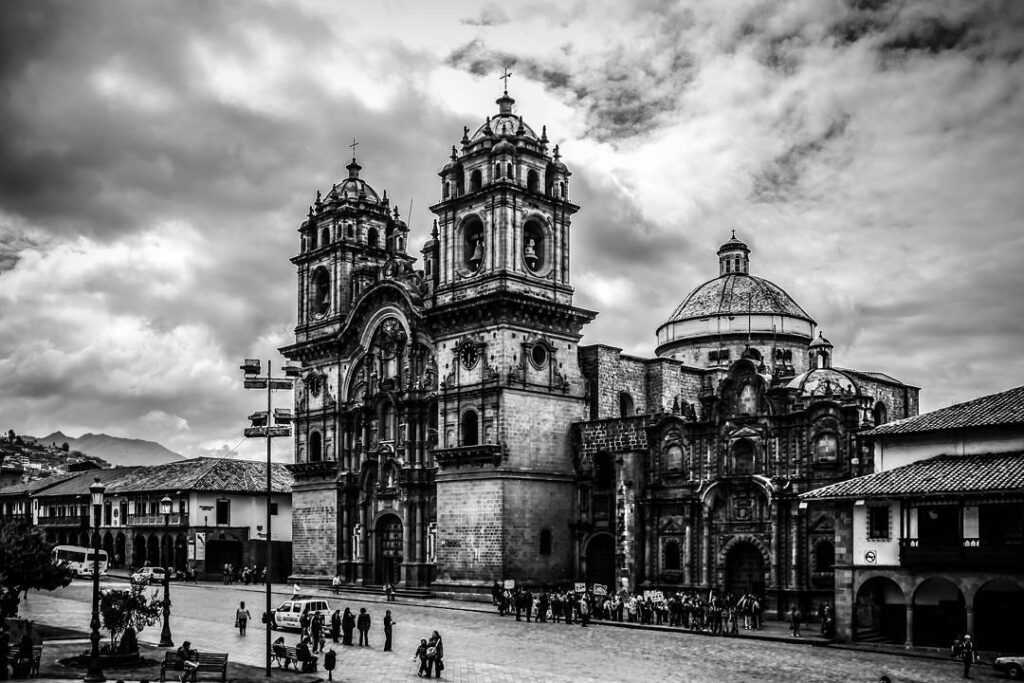

Historical Background of the Plaza
The Plaza de Armas in Cusco holds great importance as the historical and cultural heart of the city. Originally, the site of the plaza was a significant administrative and ceremonial center during the Inca Empire, known as the “Haukaypata.” This site was the hub for the Inca civilization, where important rituals took place, and it served as a gathering point for the populace. The plaza’s layout and architecture reflected the sophisticated urban planning of the Incas, showcasing their advanced understanding of engineering and design.
With the arrival of Spanish conquistadors in the 16th century, particularly Francisco Pizarro, the plaza underwent a significant transformation. Upon conquering Cusco, the Spanish constructed colonial structures atop the ruins of Inca buildings, symbolizing their dominance over the region. The original Inca stones were often repurposed for new colonial constructions, thus marking a distinct shift in the architectural landscape. Central to this transformation was the Cathedral of Cusco, which was built between 1550 and 1669, standing as a monumental testament to Spanish influence while incorporating elements of Inca culture.
Throughout the centuries, Plaza de Armas has witnessed key historical events, including the uprisings against Spanish rule, such as the rebellion led by Manco Inca in the 16th century. Notable figures like Simón Bolívar and Túpac Amaru II are connected to the plaza, having been involved in movements that shaped the trajectory of Peruvian history. In the 19th century, following Peru’s independence, the plaza became a stage for political gatherings and celebrations, further solidifying its role as the center of civic life. Today, the Plaza de Armas continues to serve as a vibrant public space that attracts locals and tourists alike, embodying a rich fusion of indigenous and colonial legacies.

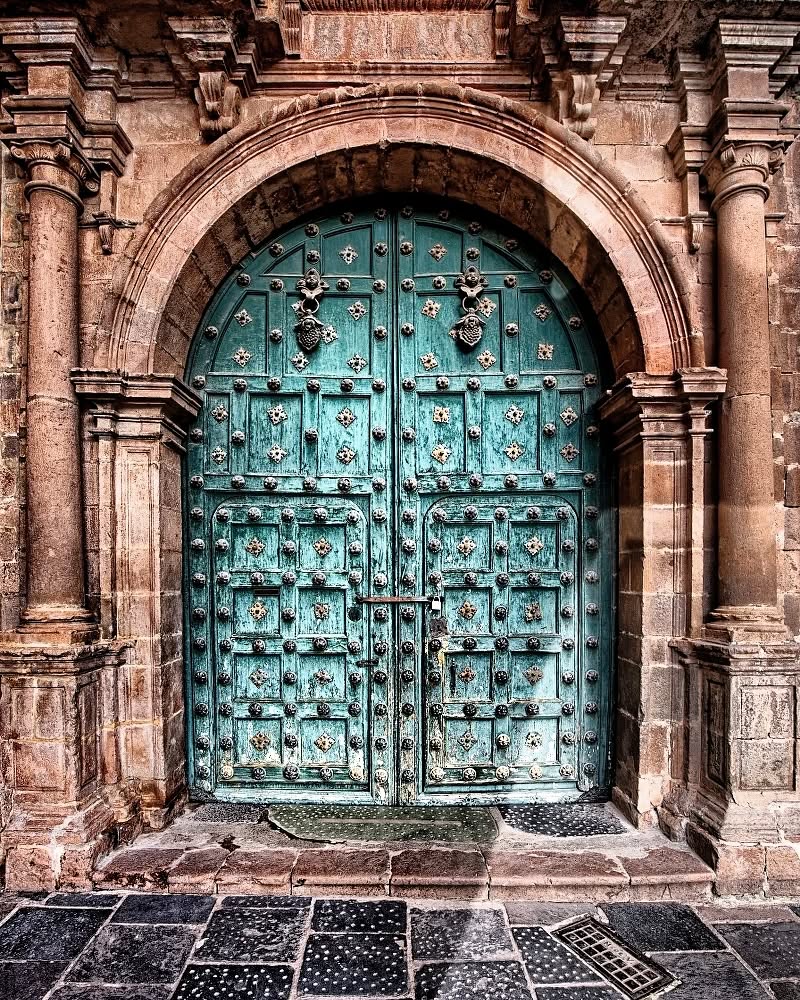
Architectural Highlights
The Plaza de Armas in Cusco is a remarkable showcase of architectural brilliance that reflects the city’s rich history and cultural significance. This central square is surrounded by an array of buildings exhibiting various styles, primarily baroque and colonial architecture, merging Incan influences with European designs. The most prominent landmarks that define the plaza are the Cathedral of Cusco and the Church of La Compañía de Jesús, each offering unique insights into the region’s historical narrative.
The Cathedral of Cusco, also known as the Basilica Cathedral of the Assumption of the Virgin, is a stunning example of late Gothic architecture interspersed with baroque elements. Constructed between the 16th and 17th centuries, the Cathedral is notable for its magnificent façade, intricately carved wooden interiors, and an impressive collection of religious art. The structure was built atop the remains of an Incan palace, symbolizing the Spanish conquest and the subsequent melding of indigenous and European cultures. Visitors can admire the remarkable altars, particularly the main altar adorned with gold leaf, and the numerous artworks depicting biblical scenes, highlighting the fusion of styles and the complexity of Cusco’s religious heritage.
Another significant edifice is the Church of La Compañía de Jesús, characterized by its striking baroque architecture. The church’s construction began in the 16th century, and it was completed in the 17th century. Its façade exhibits a resplendent array of angelic figures and intricate floral motifs, which are typical of the baroque style. Inside, the lavish interiors feature ornate altars and a celestial sky portrayal on the ceiling, amplifying the church’s aesthetic appeal. Notably, both the Cathedral and the Church of La Compañía de Jesús serve not only as places of worship but also as monuments capturing Cusco’s dynamic history, intertwining the Incan past with the colonial era.


Cultural Significance Today
Plaza de Armas, located in the heart of Cusco, plays a pivotal role in the cultural landscape of the city and serves as a vital hub for communal activities, festivals, and public gatherings. Today, this historic square not only attracts tourists due to its rich heritage but also reflects the contemporary Peruvian identity shaped by a blend of indigenous and colonial influences. The vibrant atmosphere of the plaza is often pulsated with celebrations that highlight both local traditions and cultural diversity.
Throughout the year, Plaza de Armas becomes a stage for various festivities, such as Inti Raymi, the Festival of the Sun, which celebrates Incan heritage and draws thousands of visitors from around the globe. Additionally, parades and public events frequently take place in the plaza, where musicians, dancers, and artisans gather to showcase their talents and crafts. This diversity of cultural expression signifies a continuous dialogue between the past and present, allowing the plaza to function as a contemporary meeting place for both locals and tourists.
The presence of colonial architecture within Plaza de Armas further emphasizes its significance as a symbol of Cusco’s unique identity. Structures like the Cusco Cathedral and the Church of la Compañía de Jesús illustrate the historical fusion between indigenous culture and Spanish colonialism, inspiring local pride. This juxtaposition fosters a sense of belonging among residents, highlighting their historical roots while embracing modern influences.
Thus, Plaza de Armas not only represents a focal point for historical narratives but also serves as a dynamic space that encapsulates the spirit of contemporary Peru, where tradition and modernity coexist harmoniously. The plaza’s ongoing cultural relevance underscores the importance of preserving such spaces that honor both indigenous traditions and colonial history, fostering a vibrant civic life in Cusco today.
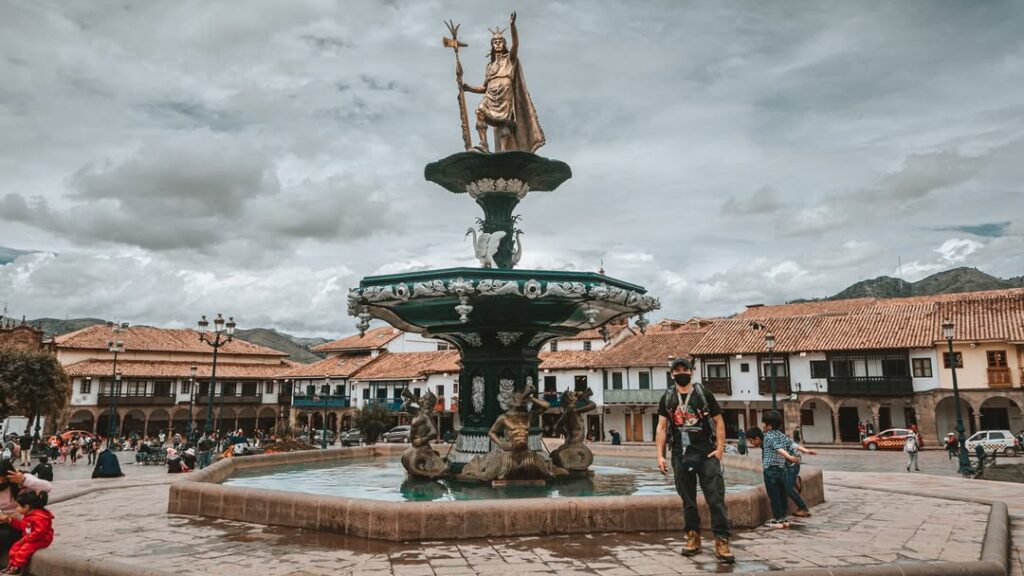
Visitor Information and Tips
Plaza de Armas in Cusco is a vibrant hub filled with cultural significance and breathtaking architecture, attracting numerous travelers each year. To make the most of your visit, consider the best times to experience this historic plaza. The peak tourist season spans from May to September, during the dry season, which offers pleasant weather. However, if you prefer fewer crowds, consider visiting in the shoulder months of April or October. During these times, you can still enjoy favorable weather while experiencing a more tranquil atmosphere.
Accessibility is an important factor to keep in mind, as the plaza is generally easy to navigate on foot. Many nearby attractions, such as the Cusco Cathedral and the Church of La Compania de Jesus, are located within walking distance. Visitors with mobility challenges will find paved pathways and some ramps; however, certain areas may present difficulties due to cobblestone streets. Public transportation options, including taxis and local buses, are also available for those who prefer not to walk.
When planning your visit, dressing appropriately is essential. Layers are recommended, as Cusco’s weather can change quickly, becoming sunny during the day but chilly in the evenings. Comfortable shoes are a must, particularly for exploring the plaza and its surrounding sites. Additionally, a hat, sunscreen, and water are advisable to protect against the high altitude and sun exposure.
As with any popular tourist destination, safety considerations should be taken into account. Remain vigilant against pickpockets, particularly in crowded areas. It is advisable to keep your belongings secure and be aware of your surroundings. Engaging with local guides can provide not only safety but also valuable insights into the rich history of Plaza de Armas. By following these practical tips, travelers can have a rewarding and enjoyable experience at this iconic location.


Dining and Shopping around the Plaza
Exploring the vibrant area surrounding Plaza de Armas in Cusco offers a delightful blend of dining and shopping experiences that reflect the rich culture of Peru. Visitors are met with a variety of options ranging from traditional Peruvian cuisine to international dishes, each establishment providing a unique dining atmosphere.
One notable restaurant is Chicha by Gaston Acurio, where patrons can indulge in beautifully presented dishes that highlight local ingredients. This establishment is renowned for its contemporary takes on classic Peruvian fare, making it a favorite among both locals and tourists. If you prefer a more casual setting, Jack’s Café serves an array of hearty breakfast and lunch options, renowned for its fresh ingredients and welcoming ambiance.
For those seeking a quick snack or beverage, numerous cafes line the Plaza. Café Tunki is particularly popular, offering an exceptional range of artisanal coffees and pastries. Visitors can enjoy the scenery while sipping on a traditional Peruvian drink, such as chicha morada, a refreshing non-alcoholic beverage made from purple corn.
Shopping enthusiasts will find that Plaza de Armas is surrounded by numerous souvenir shops and artisan markets. Visitors can purchase unique handicrafts, textiles, and jewelry that embody the artistic talent of local artisans. Centro Artesanal Cusco is highly recommended for its wide selection of authentic Peruvian crafts, making it an ideal spot to find meaningful keepsakes or gifts.
Moreover, food enthusiasts should not miss opportunities to savor local specialties such as cuy chactado (fried guinea pig) or ceviche, which can be found in nearby restaurants. The abundance of dining and shopping options near Plaza de Armas ensures that every visitor will leave with lasting memories and delightful finds, making their trip to Cusco truly worthwhile.
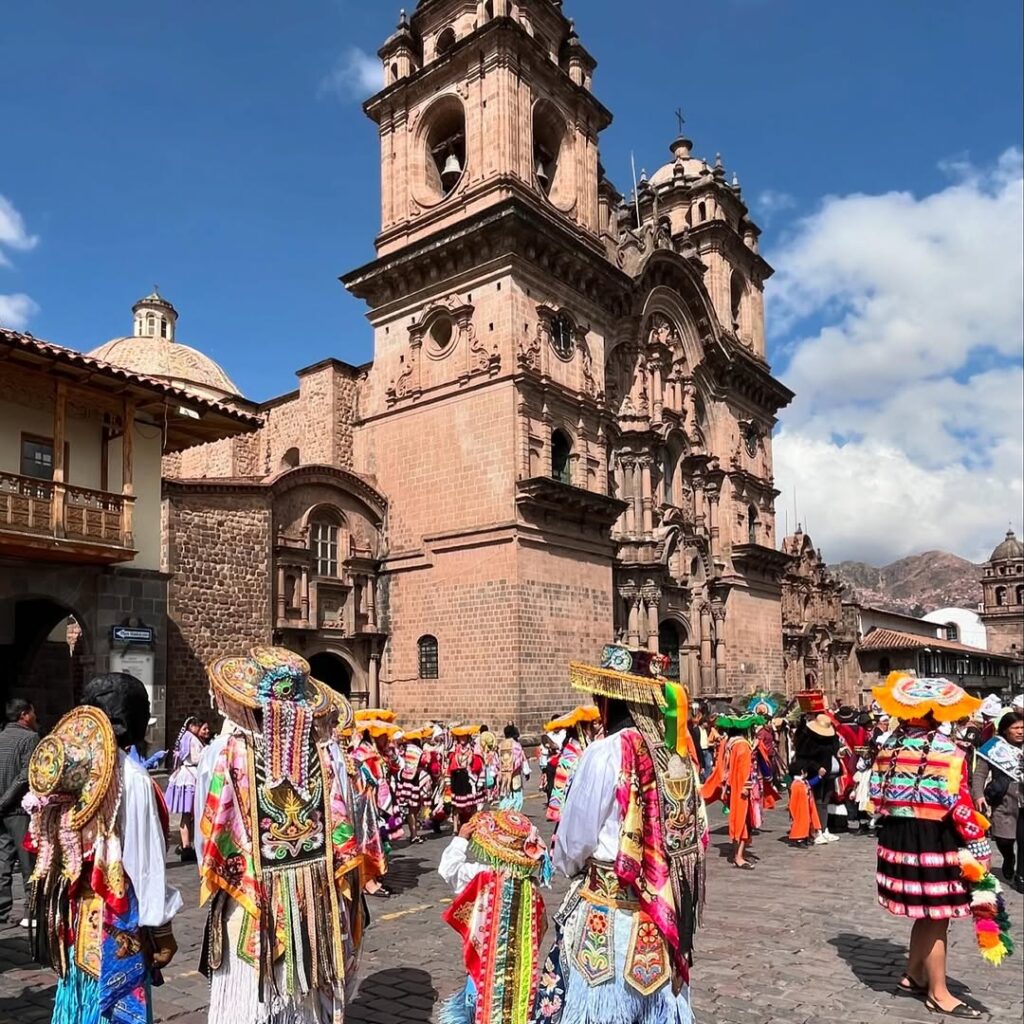
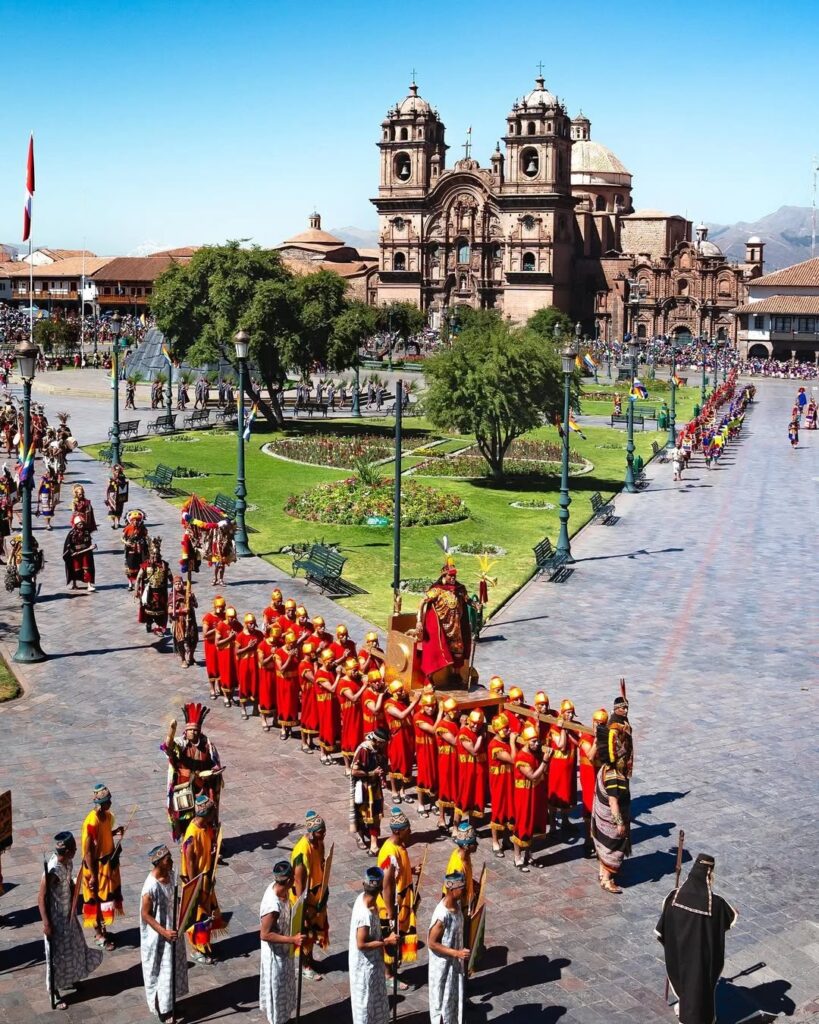
Events and Activities at Plaza de Armas
Plaza de Armas, the heart of Cusco, is a vibrant hub that hosts a variety of events and activities throughout the year. This historical square is not only surrounded by significant colonial architecture but also serves as a focal point for cultural celebrations and community gatherings. Within its picturesque setting, visitors can experience regularly scheduled events, seasonal festivals, and spontaneous performances that showcase the rich cultural heritage of the region.
One of the most significant events held at Plaza de Armas is the Inti Raymi, or Festival of the Sun, which occurs annually on June 24. This Incan tradition celebrates the winter solstice with elaborate reenactments featuring colorful costumes, music, and traditional dances. The event attracts thousands of spectators eager to witness this celebration of the sun, which epitomizes the indigenous culture of the Andes.
In addition to Inti Raymi, the plaza hosts numerous local festivals throughout the year, such as the Señor de los Temblores, commemorating Cusco’s patron saint. This event includes processions, religious ceremonies, and community feasts that allow visitors to engage with the locals. The plaza also becomes a marketplace during various fairs, where visitors can purchase handmade crafts, artisanal foods, and local beverages, enhancing their cultural immersion.
For those seeking daily engagement, Plaza de Armas is an ideal place to witness spontaneous cultural performances, including folk dances and music from street performers. Visitors can also relax at one of the many cafes and enjoy views of the bustling square while mingling with both locals and other travelers. Engaging in these activities not only offers a deeper appreciation for the culture but also fosters a sense of connection with the vibrant community surrounding the plaza. Thus, Plaza de Armas remains a central nexus for both cultural heritage and communal interaction in Cusco.


Nearby Attractions to Explore
Plaza de Armas in Cusco serves as an excellent starting point for exploring numerous nearby attractions that exemplify the rich cultural heritage and historical significance of the region. Among the most notable sites is the Qorikancha, or Temple of the Sun, which is located just a short walk from the plaza. This impressive structure was once the most important temple in the Inca Empire, originally dedicated to Inti, the Sun God. After the Spanish conquest, the temple was repurposed and now houses the Church of Santo Domingo, combining Incan and colonial architecture.
Another must-visit location is the San Pedro Market, located approximately ten minutes on foot from Plaza de Armas. This vibrant market offers visitors an authentic taste of local life, showcasing a variety of fresh produce, handicrafts, and traditional Peruvian cuisine. Travelers can immerse themselves in the bustling atmosphere while tasting local delicacies like ceviche or a refreshing chicha morada, a traditional purple corn drink. The market also provides a unique opportunity to purchase artisanal products and souvenirs from local vendors.
In addition to these attractions, the Historic Centre of Cusco, a UNESCO World Heritage Site, is replete with notable landmarks. Just beyond the plaza lies the impressive Cusco Cathedral, an iconic symbol of the city that boasts stunning baroque architecture and houses priceless religious artworks. The cathedral is easily accessible and can be reached within a few minutes’ walk from Plaza de Armas.
Further exploration can lead visitors to the Sacsayhuamán archaeological site, situated on the outskirts of the city. It offers breathtaking views and remarkable stonework, illustrating the advanced engineering skills of the Inca civilization. Accessible via a short taxi ride, this location is not only historically significant but also provides picturesque panoramas of Cusco.
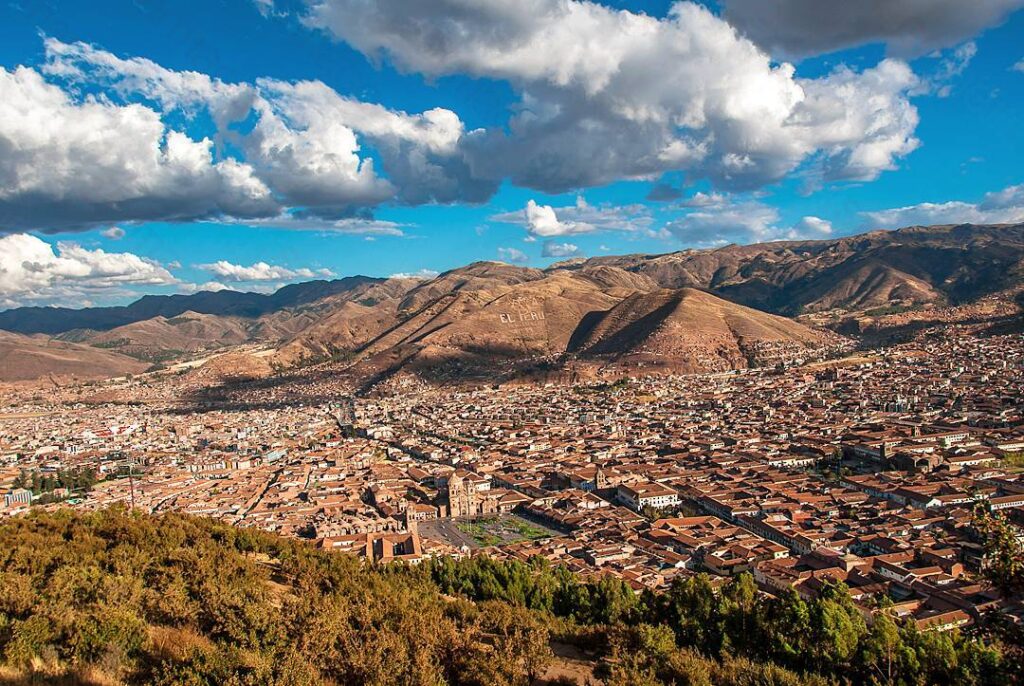
Conclusion: The Heart of Cusco
Plaza de Armas, often regarded as the heart of Cusco, serves not only as a central meeting point but also as a vibrant hub where the cultural heritage of the city comes to life. This historical square is steeped in significance, reflecting the rich amalgamation of Incan and colonial influences that shape Cusco’s identity today. The array of colonial-era buildings surrounding the plaza, alongside the vivid celebrations that occur throughout the year, showcases the area’s importance in fostering local culture and tradition. Visitors to the plaza can experience firsthand the ongoing dialogue between history and modernity, as local artisans, musicians, and performers imbue it with energy and dynamism.
A walk around Plaza de Armas reveals countless stories waiting to be discovered, from the heroic past of the Inca Empire to the enduring traditions that continue to thrive. It is a place where one can observe the daily lives of Cusqueños, partake in local festivities, or simply enjoy the breathtaking views of the ornate churches that frame the square. Each visit to the plaza offers a fresh perspective on the cultural richness that Cusco has to offer, inviting individuals to immerse themselves in its charm.
As you contemplate your journey to this historically significant site, consider taking the time to not only witness its beauty but to also engage with the local community. Share your own stories or memories associated with the plaza, as such reflections contribute to the ongoing tapestry of experiences that define this remarkable location. Ultimately, Plaza de Armas is more than just a tourist destination; it is an essential part of the cultural fabric of Cusco, inviting all who enter to appreciate its vibrancy and history actively.
